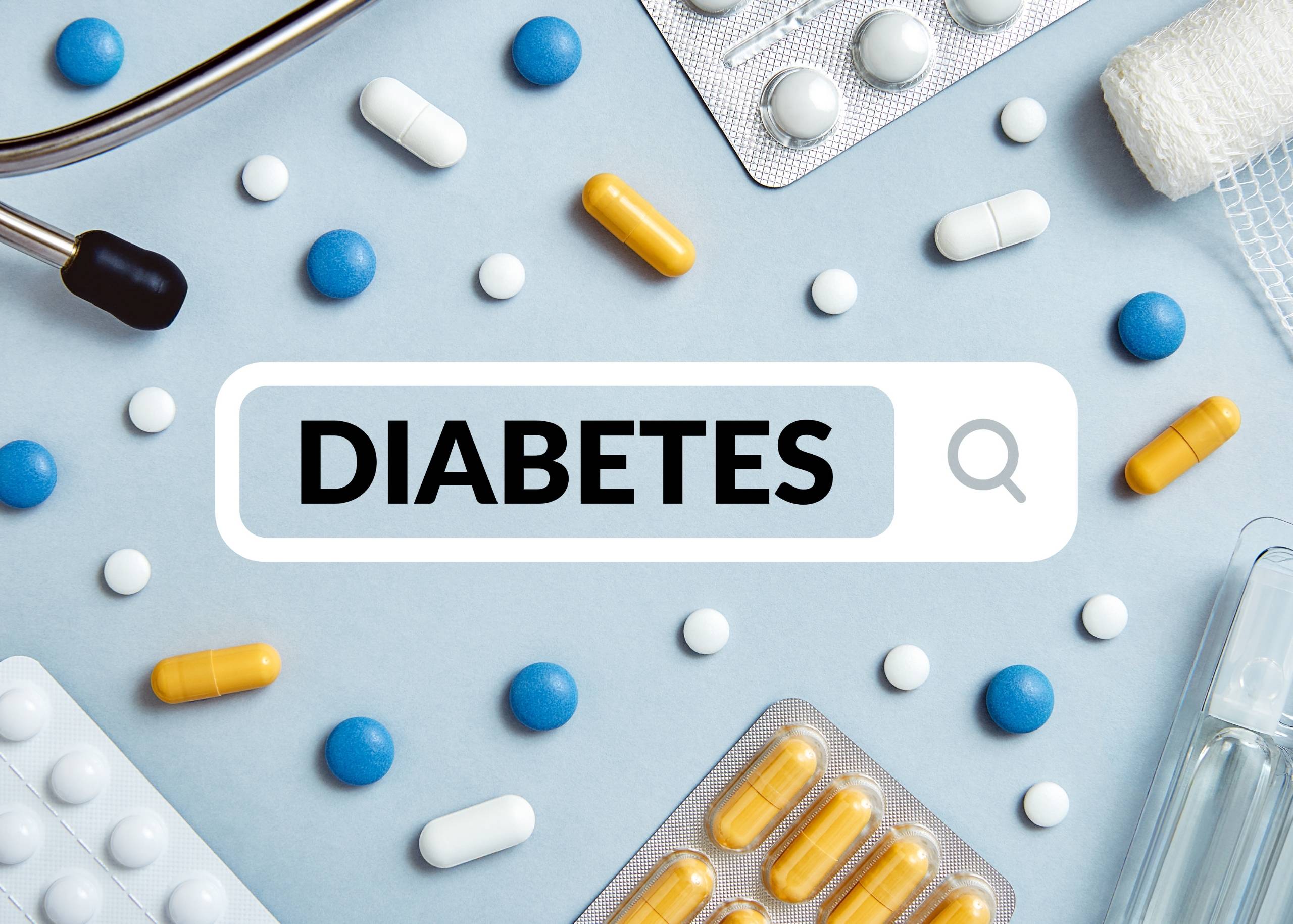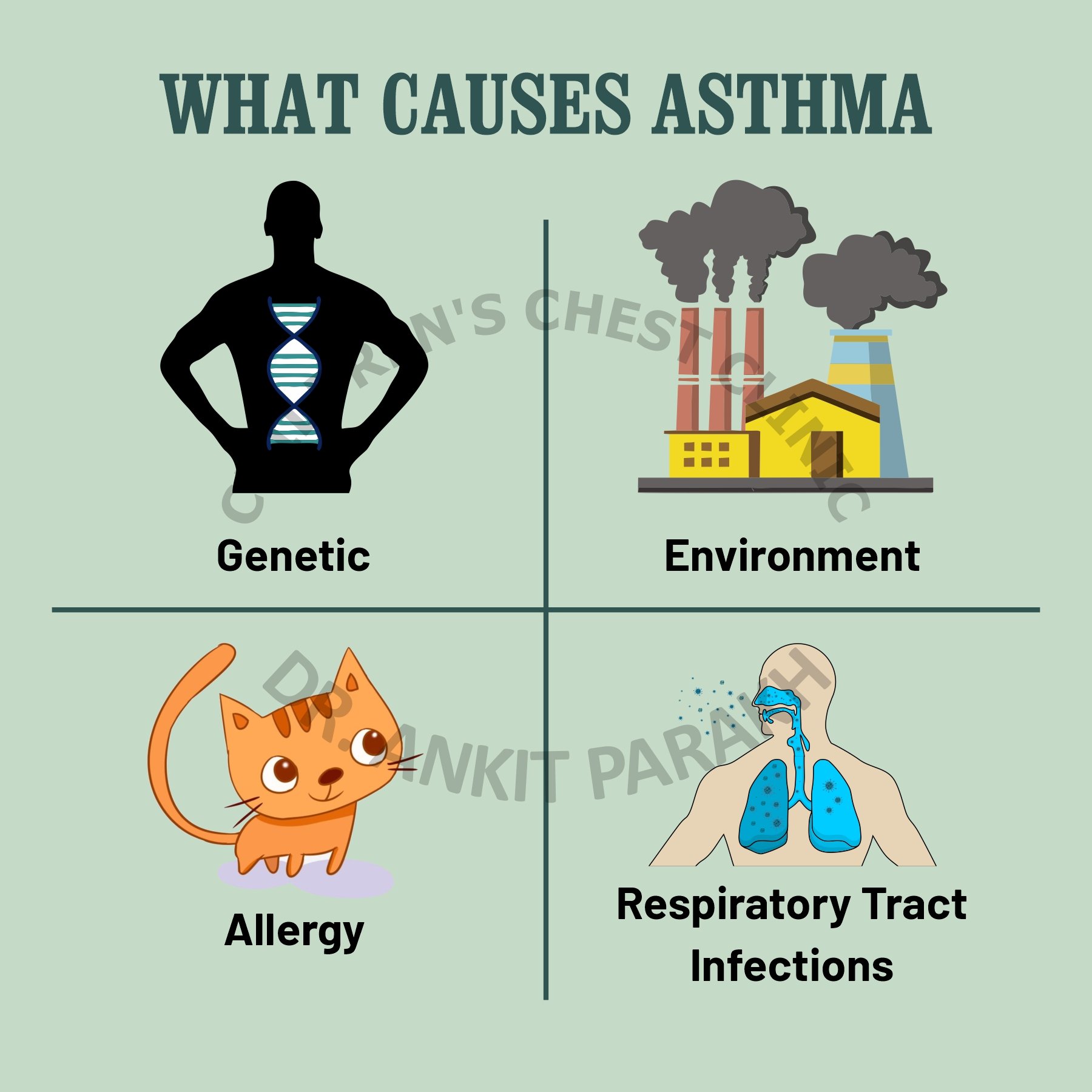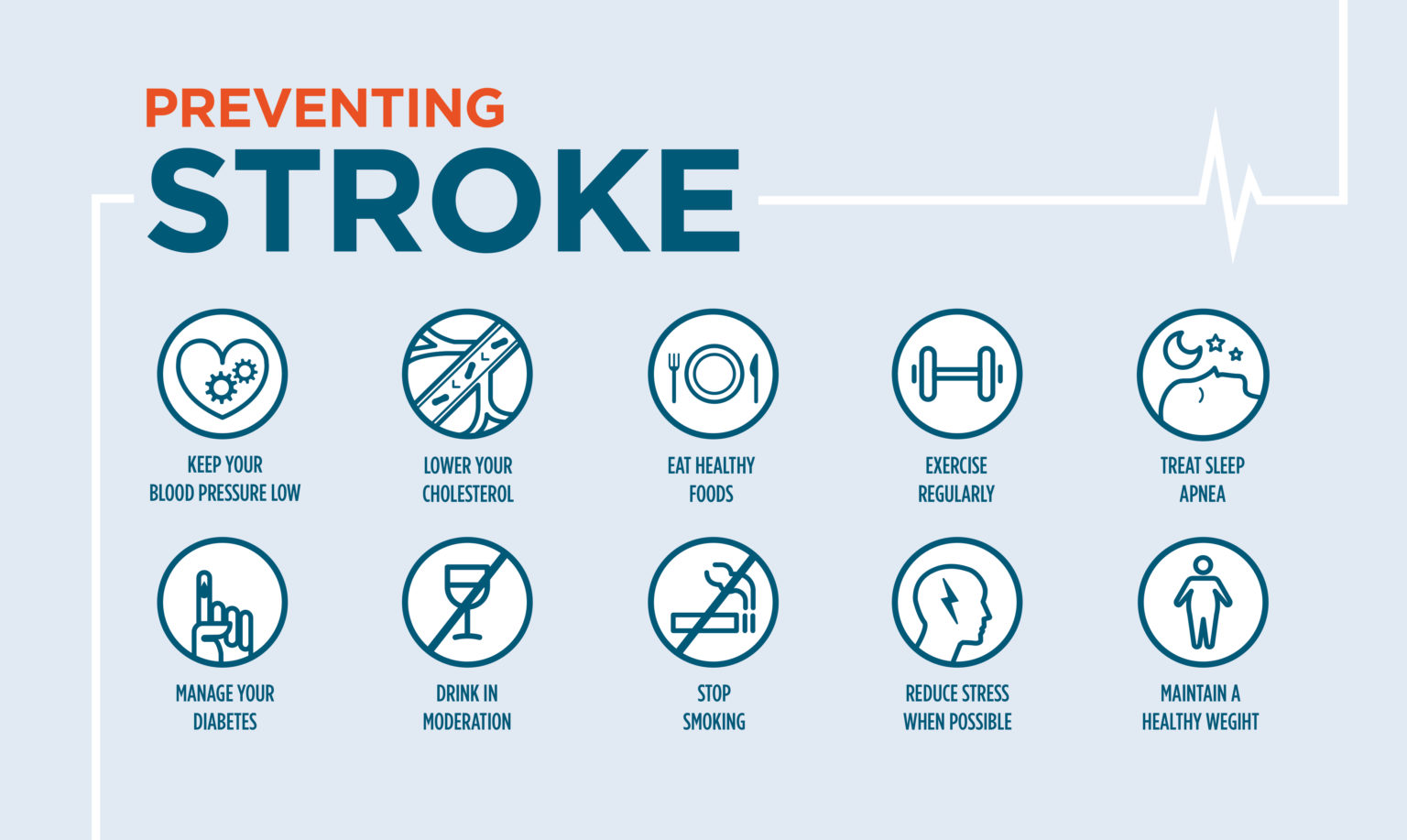1. Overview and Definition
Definition:
Diabetes mellitus is a metabolic disease causing high blood sugar due to insufficient insulin production or ineffective insulin use. This condition disrupts the normal process of converting food into energy, which relies on the hormone insulin. Insulin facilitates the entry of glucose (sugar) into the cells to be used for energy. When this process malfunctions, glucose accumulates in the bloodstream, leading to hyperglycemia.
Hyperglycemia, or raised blood glucose, leads to serious damage to the body’s systems over time. Persistent high blood sugar levels can result in a range of complications, affecting various organs and systems, including the cardiovascular, nervous, and renal systems. Managing diabetes effectively involves monitoring blood sugar levels, adhering to a balanced diet, engaging in regular physical activity, and following prescribed medical treatments to prevent or mitigate these complications.
2. Types of Diabetes
Type 1 Diabetes:
Type 1 diabetes is an autoimmune disease where the immune system attacks and destroys insulin-producing cells in the pancreas. This type of diabetes requires daily administration of insulin to manage blood sugar levels. It is usually diagnosed in children and young adults but can develop at any age. Symptoms of type 1 diabetes develop quickly over weeks or months.
Type 2 Diabetes:
Type 2 diabetes occurs when the body becomes resistant to insulin, causing sugar to build up in the blood. It is the most common form of diabetes, accounting for 90-95% of all cases. Type 2 diabetes is often preventable with lifestyle changes such as a healthy diet and regular physical activity. Symptoms develop slowly over years and may be subtle. While it is more common in people over 40, type 2 diabetes is increasingly seen in children.
Type 1.5 Diabetes (LADA):
Latent autoimmune diabetes in adults (LADA) is a form of diabetes that develops gradually in adults over 30. It shares similarities with type 1 diabetes as it is also an autoimmune disease, but it progresses more slowly and is not treatable by diet or lifestyle changes alone.
Gestational Diabetes:
Gestational diabetes is characterized by high blood sugar levels during pregnancy due to insulin-blocking hormones produced by the placenta. It increases the risk of complications during pregnancy and delivery, as well as the risk of developing type 2 diabetes in the future. Gestational diabetes is diagnosed through prenatal screening.
Prediabetes:
Prediabetes is a condition where blood glucose levels are higher than normal but not high enough to be diagnosed as type 2 diabetes. Individuals with prediabetes are at high risk of progressing to type 2 diabetes if lifestyle changes are not implemented.
Type 3c Diabetes:
Type 3c diabetes results from pancreatic damage caused by conditions such as pancreatitis, pancreatic cancer, cystic fibrosis, or hemochromatosis. This damage affects the pancreas’s ability to produce insulin.
Maturity-Onset Diabetes of the Young (MODY):
Maturity-Onset Diabetes of the Young (MODY) is a form of diabetes caused by genetic mutations that affect insulin production. It is monogenic, meaning it results from mutations in a single gene, and typically presents in adolescence or early adulthood.
Neonatal Diabetes:
Neonatal diabetes is a rare form of diabetes that occurs within the first six months of life. It can be either permanent or transient, with the latter potentially resolving within months but sometimes reappearing later in life.
Brittle Diabetes:
Brittle diabetes is a severe form of type 1 diabetes characterized by frequent and extreme fluctuations in blood sugar levels, often leading to frequent hospitalizations. It requires intensive medical management to stabilize blood glucose levels.
3. Symptoms
General Symptoms:
Diabetes can present a variety of general symptoms, which can vary in severity depending on the type of diabetes and individual differences. Common symptoms include:
- Increased hunger and thirst
- Frequent urination
- Weight loss
- Blurry vision
- Extreme fatigue
- Sores that don’t heal
Type-Specific Symptoms:
- Type 1 Diabetes: Symptoms typically develop rapidly over a few weeks or months. Individuals may experience significant weight loss, increased urination, and excessive thirst. A critical complication is diabetic ketoacidosis (DKA), characterized by high levels of ketones in the blood, which can be life-threatening if not treated promptly.
- Type 2 Diabetes and Prediabetes: Symptoms often develop slowly and may be subtle or even absent initially. Many people with type 2 diabetes or prediabetes do not realize they have the condition until complications arise or it is detected through routine blood tests.
- Gestational Diabetes: This type of diabetes is usually asymptomatic and is typically detected through routine prenatal screening tests conducted between the 24th and 28th weeks of pregnancy.
Symptoms in Men:
Men with diabetes may experience specific symptoms in addition to the general ones, including:
- Decreased sex drive
- Erectile dysfunction
- Poor muscle strength
Symptoms in Women:
Women with diabetes can have symptoms such as:
- Vaginal dryness
- Urinary tract infections
- Yeast infections
- Dry, itchy skin
Understanding these symptoms and recognizing them early can help in timely diagnosis and management of diabetes, reducing the risk of complications.
4. Causes of Diabetes
Type 1 Diabetes:
Type 1 diabetes is an autoimmune disease where the immune system mistakenly attacks and destroys insulin-producing cells in the pancreas. The exact cause is unknown, but it is believed to involve a combination of genetic factors and environmental triggers, such as viral infections.
Type 2 Diabetes:
Type 2 diabetes results from a combination of genetic and lifestyle factors. Key contributors include:
- Genetics: A family history of type 2 diabetes increases the risk.
- Lifestyle Factors: Poor diet, physical inactivity, and obesity significantly elevate the risk.
- Insulin Resistance: Muscle, liver, and fat cells become resistant to insulin, requiring the pancreas to produce more insulin to help glucose enter cells. Over time, the pancreas cannot keep up, leading to elevated blood sugar levels.
Type 1.5 Diabetes (LADA):
Latent autoimmune diabetes in adults (LADA) is an autoimmune condition similar to type 1 diabetes. It occurs when the immune system attacks the insulin-producing cells in the pancreas, but the onset is slower, typically developing in adults over the age of 30.
Gestational Diabetes:
Gestational diabetes occurs due to hormonal changes during pregnancy that cause insulin resistance. Factors that increase the risk include:
- Hormonal Changes: Hormones produced by the placenta contribute to insulin resistance.
- Overweight: Being overweight or gaining excessive weight during pregnancy increases the risk.
General Factors:
Several other factors can cause diabetes or increase the risk, including:
- Genetic Mutations: Specific genetic mutations can lead to forms of diabetes such as Maturity-Onset Diabetes of the Young (MODY) and neonatal diabetes.
- Pancreatic Damage: Conditions such as pancreatitis, pancreatic cancer, or injuries can damage the pancreas and impair its ability to produce insulin.
- Medications: Certain medications, including some used to treat HIV/AIDS and corticosteroids, can affect insulin production or function, leading to diabetes.
Understanding the various causes of diabetes can aid in early detection, prevention, and management of this complex condition.
5. Risk Factors
Type 1 Diabetes:
- Childhood or Teenage Years: Type 1 diabetes is often diagnosed in children, adolescents, or young adults.
- Family History: Having a parent or sibling with type 1 diabetes increases the risk.
- Certain Genes: Specific genetic markers are associated with a higher risk of developing type 1 diabetes.
Type 2 Diabetes:
- Overweight: Excess body weight, particularly around the abdomen, is a significant risk factor.
- Age 45 or Older: The risk of type 2 diabetes increases with age.
- Family History: A family history of type 2 diabetes increases the likelihood of developing the condition.
- Physical Inactivity: Lack of regular physical activity contributes to the risk.
- History of Gestational Diabetes: Women who have had gestational diabetes are at higher risk of developing type 2 diabetes later in life.
- High Blood Pressure, Cholesterol, or Triglycerides: These conditions are often associated with type 2 diabetes.
- Certain Racial and Ethnic Populations: African American, Hispanic, Latino American, and Asian American populations have a higher prevalence of type 2 diabetes.
Type 1.5 Diabetes (LADA):
- Adults Over 30: LADA is typically diagnosed in adults over the age of 30.
- Often Mistaken for Type 2: LADA can be misdiagnosed as type 2 diabetes due to its gradual onset and development in adults.
Gestational Diabetes:
- Overweight: Being overweight before or during pregnancy increases the risk.
- Over Age 25: Women over the age of 25 are at a higher risk.
- History of Gestational Diabetes: Women who have had gestational diabetes in a previous pregnancy are more likely to develop it again.
- Family History of Type 2 Diabetes: A family history of type 2 diabetes increases the risk.
- Polycystic Ovary Syndrome (PCOS): Women with PCOS are at a higher risk of gestational diabetes.
Recognizing these risk factors can help individuals take proactive measures to reduce their risk of developing diabetes and manage their health effectively.
6. Complications
General Complications:
Diabetes, when not well-managed, can lead to a range of serious complications affecting various parts of the body. These include:
- Heart Disease, Heart Attack, and Stroke: Diabetes significantly increases the risk of cardiovascular diseases, including coronary artery disease and stroke.
- Neuropathy: Nerve damage, particularly in the legs and feet, leading to tingling, numbness, pain, or loss of sensation.
- Nephropathy: Kidney damage that can result in kidney failure or the need for dialysis or transplantation.
- Retinopathy and Vision Loss: Damage to the blood vessels in the retina, which can lead to blindness if not treated.
- Hearing Loss: People with diabetes are more likely to experience hearing problems.
- Foot Damage: Poor blood flow and nerve damage in the feet can cause severe infections, ulcers, and potentially lead to amputation.
- Skin Conditions: Increased susceptibility to bacterial and fungal infections.
- Depression: People with diabetes are at higher risk of depression due to the chronic nature of the disease and its impact on quality of life.
- Dementia: Type 2 diabetes may increase the risk of dementia, including Alzheimer’s disease.
Gestational Diabetes:
Gestational diabetes can lead to complications for both the mother and the baby:
- Complications for the Baby:
- Premature Birth: Babies may be born early due to high blood sugar levels.
- High Birth Weight: Excess glucose can cause the baby to grow too large, leading to complications during delivery.
- Type 2 Diabetes Risk: Babies born to mothers with gestational diabetes are at higher risk of developing obesity and type 2 diabetes later in life.
- Low Blood Sugar: Babies may develop hypoglycemia shortly after birth.
- Jaundice: A higher risk of jaundice, a condition that causes yellowing of the skin and eyes.
- Stillbirth: In severe cases, untreated gestational diabetes can result in the death of the baby before or shortly after birth.
- Complications for the Mother:
- High Blood Pressure (Preeclampsia): A condition characterized by high blood pressure and signs of damage to another organ system, often the kidneys.
- Type 2 Diabetes: Increased risk of developing type 2 diabetes in the future.
- Cesarean Delivery: Higher likelihood of needing a C-section due to complications.
- Higher Risk in Future Pregnancies: Women who had gestational diabetes in one pregnancy are more likely to have it again in subsequent pregnancies.
Awareness and management of these complications are crucial for individuals with diabetes to maintain their health and quality of life. Regular monitoring and proactive healthcare can significantly reduce the risk of these complications.
7. Diagnosis and Tests
Blood Tests:
Diagnosing diabetes involves several types of blood tests, each providing critical information about blood glucose levels:
- Fasting Plasma Glucose (FPG) Test: This test measures blood sugar levels after an individual has fasted for at least eight hours. It helps determine how well the body manages blood sugar in the absence of food intake.
- A1C Test: Also known as the glycated hemoglobin test, the A1C test provides an average blood sugar level over the past two to three months. This test reflects how effectively blood sugar levels have been managed over a longer period.
- 75-Gram Oral Glucose Tolerance Test (OGTT): This test measures blood sugar levels before and two hours after consuming a sugary drink containing 75 grams of glucose. It assesses how well the body processes glucose and is particularly useful in diagnosing prediabetes and gestational diabetes.
Gestational Diabetes:
Gestational diabetes is typically diagnosed during pregnancy through specific screening tests:
- Glucose Challenge Test: During this initial screening test, the pregnant woman drinks a sugary solution, and her blood sugar levels are measured an hour later. If the results are higher than normal, further testing is required.
- Glucose Tolerance Test: If the glucose challenge test indicates elevated blood sugar levels, a follow-up glucose tolerance test is conducted. The woman fasts overnight, and her fasting blood sugar is measured. She then drinks another sugary solution, and her blood sugar levels are tested after one hour and two hours. This test confirms the diagnosis of gestational diabetes if any of the readings are higher than normal.
These diagnostic tests are essential in identifying diabetes and ensuring timely and effective management of the condition to prevent complications. Regular screening and monitoring are crucial for individuals at risk or showing symptoms of diabetes.
8. Treatment and Management
Type 1 and 1.5 Diabetes (LADA):
- Insulin Therapy: Individuals with Type 1 and Type 1.5 diabetes require insulin therapy to manage their blood sugar levels. Various types of insulin are available, each with different onset and duration times to match the body’s needs.
Type 2 Diabetes:
- Diet and Exercise: A healthy diet and regular physical activity are fundamental components of managing Type 2 diabetes. These lifestyle changes help improve blood sugar control and overall health.
- Medications: Several medications can help manage blood sugar levels, including:
- Alpha-Glucosidase Inhibitors: Slow the digestion of carbohydrates.
- Biguanides: Reduce glucose production in the liver (e.g., Metformin).
- DPP-4 Inhibitors: Improve blood sugar without causing hypoglycemia.
- Glucagon-Like Peptides: Stimulate insulin production and slow digestion.
- Meglitinides: Stimulate the pancreas to release more insulin.
- SGLT2 Inhibitors: Help release more glucose through urine.
- Sulfonylureas: Increase insulin production in the pancreas.
- Thiazolidinediones: Help insulin work better in muscle and fat cells.
- Insulin: Some individuals with Type 2 diabetes may require insulin therapy to achieve optimal blood sugar control.
Gestational Diabetes:
- Blood Sugar Monitoring: Regular monitoring of blood sugar levels is crucial to ensure they remain within a target range.
- Dietary Changes: Adjustments to diet, focusing on balanced meals with controlled carbohydrate intake, help manage blood sugar levels.
- Exercise: Regular physical activity is recommended to help control blood sugar levels.
- Insulin: In some cases, insulin may be necessary to maintain blood sugar levels within a safe range.
General Management:
- Blood Sugar Monitoring: Monitoring blood sugar levels is essential for all types of diabetes. This can be done using glucose meters or continuous glucose monitors (CGMs), which provide real-time data on blood sugar levels.
- Medications for Blood Pressure and Cholesterol Management: People with diabetes often need medications to manage blood pressure and cholesterol levels to reduce the risk of cardiovascular complications.
- Medical Care for Complications: Ongoing medical care is necessary to manage and treat complications associated with diabetes, such as:
- Foot Ulcers: Regular foot care to prevent and treat ulcers.
- Kidney Disease: Monitoring and treatment to manage nephropathy.
- Retinopathy: Regular eye exams and treatments to prevent vision loss.
- Effective treatment and management of diabetes involve a comprehensive approach that includes lifestyle modifications, medication, and regular monitoring to prevent complications and maintain overall health.
9. Prevention
Lifestyle Changes:
Preventing diabetes, particularly type 2 diabetes and prediabetes, involves making sustainable lifestyle changes. Key strategies include:
- Maintain a Healthy Weight: Achieving and maintaining a healthy weight is crucial for reducing the risk of diabetes. Excess body weight, especially around the abdomen, is a significant risk factor for developing type 2 diabetes.
- Engage in Regular Exercise: Aim for at least 150 minutes of moderate-intensity exercise per week. Activities such as brisk walking, cycling, or swimming can help improve insulin sensitivity and lower blood sugar levels.
- Eat a Healthy Diet: Focus on a balanced diet rich in fruits, vegetables, whole grains, and lean proteins. Avoid foods high in sugar and saturated fats, which can contribute to weight gain and insulin resistance.
- Avoid Tobacco Use: Smoking increases the risk of diabetes and its complications. Quitting smoking can significantly improve overall health and reduce the risk of diabetes-related issues.
Specific Advice for Prediabetes:
Individuals with prediabetes can take specific steps to prevent the progression to type 2 diabetes:
- Cut Saturated and Trans Fats, Refined Carbohydrates: Reducing intake of unhealthy fats and refined carbohydrates can help improve blood sugar control and reduce insulin resistance.
- Eat More Fruits, Vegetables, and Whole Grains: Incorporating a variety of nutrient-dense foods into your diet can help manage weight and blood sugar levels. These foods are high in fiber, which can slow the absorption of sugar into the bloodstream.
- Smaller Portions: Eating smaller, more frequent meals can help manage blood sugar levels and prevent overeating. Portion control is an effective strategy for maintaining a healthy weight.
- Lose 5-7% of Body Weight if Overweight: For individuals who are overweight, losing just 5-7% of body weight can significantly reduce the risk of developing type 2 diabetes. This modest weight loss can improve insulin sensitivity and lower blood sugar levels.
By implementing these lifestyle changes and following specific advice for prediabetes, individuals can significantly reduce their risk of developing diabetes and maintain better overall health.
10. Living with Diabetes
Education and Awareness:
Living with diabetes requires a thorough understanding of the condition and its management. Educating oneself about diabetes is crucial for effective management and prevention of complications. Knowledge about the disease helps individuals make informed decisions about their health, recognize symptoms, and understand the importance of monitoring blood sugar levels. Resources such as diabetes education programs, support groups, and reliable medical information can provide valuable insights and practical tips for daily management.
Support System:
A robust support system plays a vital role in managing diabetes. Regular check-ups with healthcare providers are essential for monitoring the condition and adjusting treatment plans as needed. Healthcare professionals, including doctors, dietitians, and diabetes educators, provide guidance on medication, diet, and lifestyle changes. Additionally, support from family and friends can significantly impact the emotional and psychological well-being of individuals with diabetes. Encouragement and understanding from loved ones can help in maintaining motivation and adherence to management plans, making it easier to cope with the challenges of living with diabetes.
11. WHO Response
Global Initiatives:
The World Health Organization (WHO) plays a critical role in addressing the global burden of diabetes through various initiatives and strategies aimed at prevention, control, and management of the disease. These efforts include:
- Guidelines for Diabetes Prevention and Control: WHO provides comprehensive guidelines that outline effective measures for preventing and controlling diabetes. These guidelines are based on the latest scientific evidence and aim to assist countries in implementing strategies to reduce the incidence of diabetes and its complications.
- Norms and Standards for Diagnosis and Care: WHO develops and disseminates norms and standards for the diagnosis and care of diabetes. These standards help ensure that individuals worldwide receive accurate diagnoses and appropriate treatment, regardless of where they live.
- Awareness Campaigns: WHO organizes and supports awareness campaigns, such as World Diabetes Day, to educate the public about diabetes, its risk factors, and the importance of early detection and management. These campaigns aim to increase global awareness and encourage preventive measures.
- Surveillance of Diabetes and Risk Factors: WHO conducts surveillance to monitor the prevalence of diabetes and its risk factors. This data collection is crucial for understanding the global impact of the disease and for guiding public health policies and strategies.
- Global Diabetes Compact: Launched in April 2021, the Global Diabetes Compact is an initiative aimed at driving sustained improvements in diabetes prevention and care. It focuses on increasing access to treatment and care, promoting healthy lifestyles, and reducing the global burden of diabetes, particularly in low- and middle-income countries.
- World Health Assembly Resolutions and Targets: WHO works with the World Health Assembly to adopt resolutions and set global targets for diabetes care and prevention. These resolutions and targets guide international efforts to combat diabetes and improve outcomes for those affected by the disease.
Through these global initiatives, WHO aims to reduce the prevalence of diabetes and improve the quality of life for individuals living with the condition, fostering a coordinated and comprehensive approach to diabetes management and prevention worldwide.



